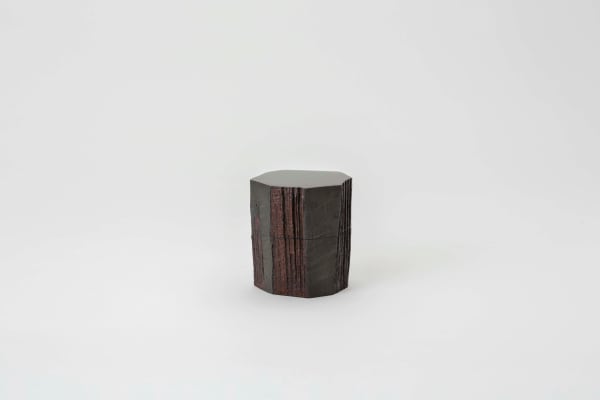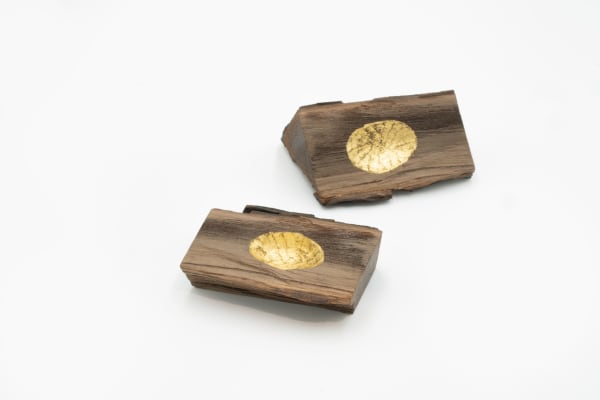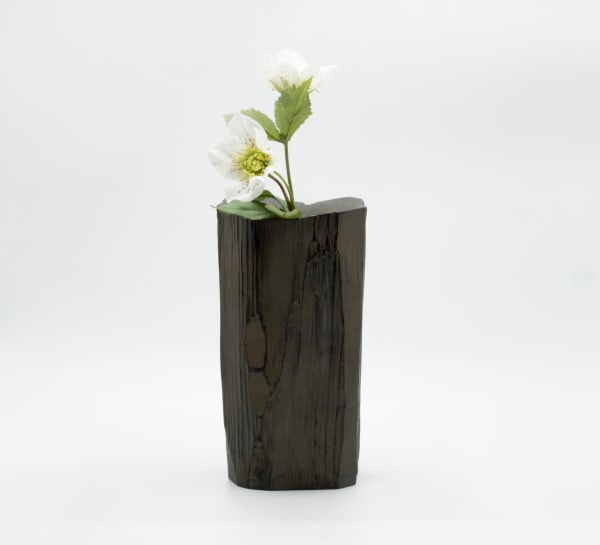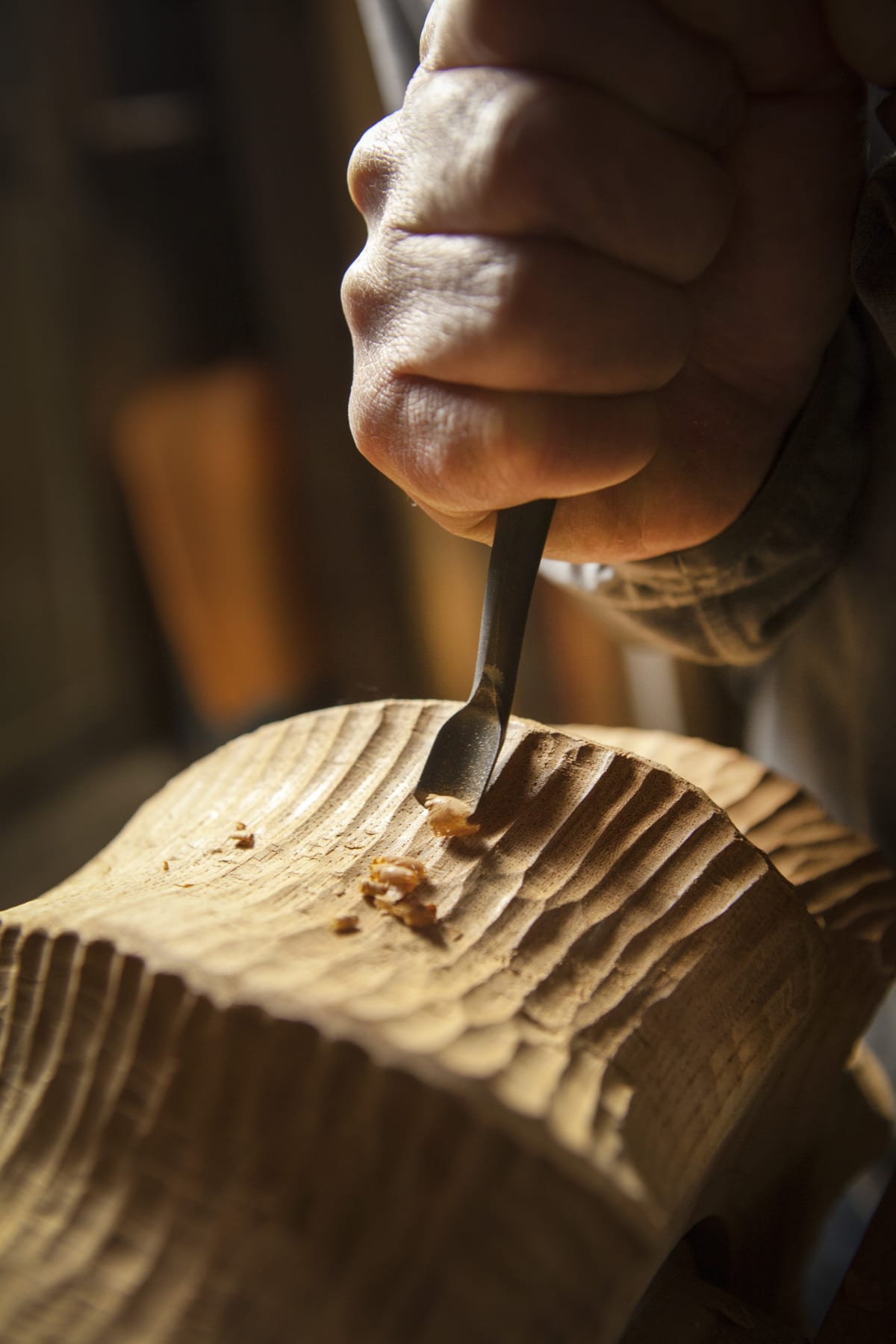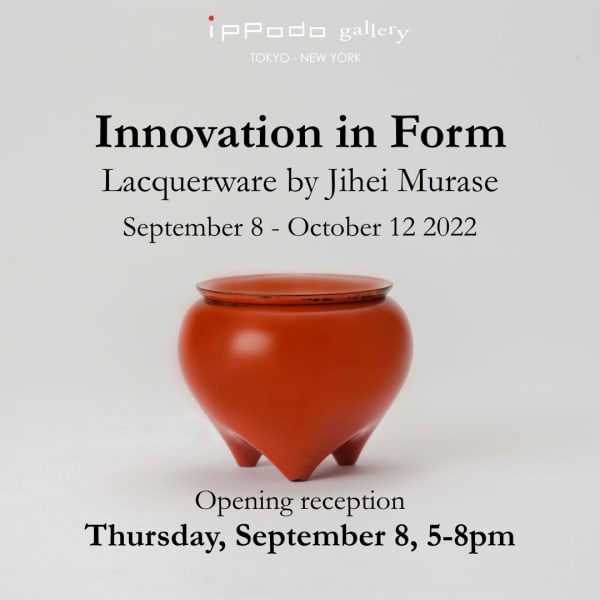Innovation in Form: Lacquerware by Jihei Murase
The lifespan of wood stretches far beyond those of humans; the medium of lacquer has survived for thousands of years and various environmental changes, enduring as a treasured art form. I want to emphasize the characteristics of each tree to create works with charm that intensifies with use and age. Using Chestnut, Yakusugi, and centuries-old Zelkova, my single-minded desire is to produce beautiful forms that feel modern and contemporary. For over forty years, the infinite possibilities of lacquer have empowered me to continue to experiment and innovate. -- Jihei Murase
The Work of Jihei Murase
Representative of the country’s prestigious craftsmanship, urushi (“lacquer”) has become synonymous with “Japan.” Artist Jihei Murase stands at the forefront of Japanese lacquer craft; Murase’s artistic practice is informed by an encounter with the sculpture of Brancusi during his college days. His exceptional technique adeptly balances between functional and aesthetic beauty.
Jihei Murase III’s grandfather, Jihei I, who himself made ceramic tea wares, was a collaborator and friend to distinguished artist Rosanjin and cultural scholar Fujio Koyama. Surrounded by leading figures in Japanese culture and the tea ceremony during his formative years, the lacquer artist developed a familiarity with the ceremonial rituals. Equipped with inherited knowledge of both woodworking techniques and ceremonial decorum, Murase produces tea utensils and functional objects that become more vibrant and alive with every use.
Murase’s innovations have expanded the category of lacquerware both technically and aesthetically. Using modern gadgets including the lathe and hand-forged wrought iron tools, the artist realizes impressive shapes, each with a unique expression. Murase’s vision relies on technical mastery using a variety of techniques: machete cutting, hatsuri (“scalloping”), shinogi (“ridging”), and iron oxidization to build layers of rust. His finishes are not only vermillion or black, but also blue, silver, white, and more.
Several years ago, I was privileged to visit Murase’s workshop in Tokyo, Japan. Amidst a sea of wood shavings and the aroma of trees, I found the artist gleefully sculpting at his lathe. For him, the work of creating lacquerware is an appreciation for the wood medium and a single-minded devotion to the craft that he loves dearly.
His sublime forms surpass even antique Negoro-nuri (“Negoro style lacquer”), delightful tea utensils shaped like nuts and seeds, short and wide water jars challenging the limits of the lathe, and high trays crafted with exquisite order. To Jihei Murase, urushi—that is, Japan—is constantly evolving.
-- Shoko Aono
New York – Ippodo Gallery is pleased to present Innovation in Form: Lacquerware by Jihei Murase III, a showcase of 35 lacquer works by the artist from September 8th to October 12th. The craft of Jihei Murase III is the culmination of generations of expertise and innovative genius. This long-awaited exhibition is the second showing with Ippodo Gallery New York, after a solo exhibition in 2016. Since his last display, Murase has continued to gain recognition in the United States and Europe for his scrupulous attention to beauty and innovation of form. The artist reveres the beauty of functional things, expertly joining beautiful aesthetics with utility in everyday life.
Japan’s long-standing tea tradition requires precise utensils to elevate the performance, necessitating the patronage of a great lacquerware artist. Such is the history of the Murase family, who have been in the woodworking business for seven generations, dating back to the Edo Period (1603-1868). Murase is the third-generation lacquerware master of the Jihei patronymic. He is one of the most renowned creators of Negoro style lacquerware, which finds its origins at the Negoro Temple during the Heian Period (794-1185). Zen monks who practiced at the temple gradually wore down the vermillion lacquer coating over time, exposing mesmerizing flashes of the black undercoat to the open air. Murase has a hand in every aspect of the lacquer-making process; he begins by smelting iron, which he forges into a hatchet and lathe to carve the dried raw material. Murase then sculpts his envisioned shape by shaving away excess wood. To create one of his signature Negoro style works, he first applies many undercoats of colorful lacquer and binds them with reinforced linen cloth. He then polishes and reapplies the undercoat, building additional protective layers. Finally, he applies and polishes an external layer without completely concealing the vivid color beneath. However, Murase’s skill and invention extend to other forms of lacquerware; using the rare aged Zelkova wood, Murase preserves the rugged exterior surface, to which he applies a unique iron lacquer that oxidizes, emitting a fantastic light.
Murase’s grandfather, Jihei I, worked closely with famous artist and restauranteur Rosanjin in Nagoya, primarily perfecting the hatsuri (“scallop-shaved”) style. As Murase came of age and began creating lacquerware, the relationship between Jihei I and Rosanjin was the foundation from which the artist developed his innovative techniques. Empowered by this inherited knowledge, Murase creates stunning lacquerware pieces that are both functional and elegant.
Beyond the creation of his exquisite crafts, Murase pays close attention to the deforestation of Japan’s virgin woodlands. Conscious of the need to preserve the endangered ecosystem, Murase does not work with impunity. Rather, he chooses only the most suitable trees, favoring the fine grain of Chestnut, Cypress, Cherry, Yakusugi Cedar, and most impressive of all, the sacred Zelkova –called Jindai Keyaki in Japanese – that has been buried and aged. At the heart of the artist’s practice, the wood medium is an opportunity for aggrandizement, further accentuating the beauty of nature.
Jihei Murase III continues to produce lacquerware of the finest grade from his atelier in Tokyo, Japan. When he joined his family’s well-established woodworking business in 1980, Murase learned the Way of Tea from Urasenke master Ikeda Sokan of Hibian. Since then, Murase’s masterful skill and contributions to lacquerware have been recognized and honored internationally. The public continues to appreciate the mastery of the artist’s work around the world, most notably at the Victoria & Albert Museum (London, United Kingdom), the Philadelphia Museum of Art (Philadelphia, PA), Yale University Art Gallery, Asian Art Collection (New Haven, CT), and the National Museum of Modern Art (Tokyo, Japan).
Ippodo Gallery is committed to creating shared empathetic, craft-oriented experiences through engagement with Japanese art and culture. We continue to showcase work by living artists that adheres to our mission to cultivate beauty with a consciousness of the fragility of nature and the strength of quiet serenity. Ippodo Gallery has worked directly with over 200 artists and held thousands of exhibitions over three decades. We are grateful to continue to bring contemporary Japanese fine art and sensibility to Western audiences. Keiko Aono founded Ippodo Gallery Tokyo in 1996, with two locations in the heart of Ginza and the residential area of Gotenyama. Daughter Shoko Aono opened Ippodo Gallery in New York in 2008, forging new connections with a global audience. Since then, she continues to witness the timeless cross-cultural impact of Japanese kogei art that transcends language.


































































